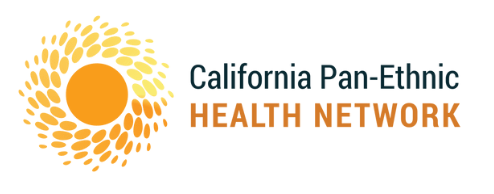Welcome to Friday Facts! Each week we’ll be taking a look at a specific chart from the Data & Resources section of our website. This week we’re focusing on the languages spoken in San Diego County, and the percentage of people who speak those languages who are Limited English Proficient.
Language access in our health care system has long been a point of emphasis for our work at CPEHN. For example, in 2003, CPEHN sponsored SB 853 (Escutia), the Health Care Language Assistance Act. The first of its kind in the country, this law now holds health plans accountable for the provision of linguistically-appropriate services.
The reason that laws like SB 853 and other language access measures are necessary is because of California’s uniquely diverse population. As you can see in our Friday Facts table, over 40 different languages are spoken in San Diego County alone.
San Diego County has a large (92,836) Tagalog-speaking population, and roughly 2 out of every 5 of these individuals are Limited English Proficient (LEP), meaning they speak English less than very well. Almost two-thirds of the county’s large Vietnamese-speaking population is LEP, as is half of all those who speak Chinese. The county is also home to over 320,000 Spanish-speakers who are LEP.
Such large numbers of LEP individuals in San Diego County shows the importance of providing linguistically accessible services. Navigating the health care system is challenging enough when you receive services in your primary language, imagine how difficult it would be with a language barrier.
There are many services available to help navigate through the health care system. For example, 2-1-1 San Diego provides assistance in 150 different languages. If you know of bilingual/multilingual services in the area, please include them in the comments. Language shouldn’t be a barrier to health, and it’s important all communities receive information on their wellbeing in a way they can understand.
